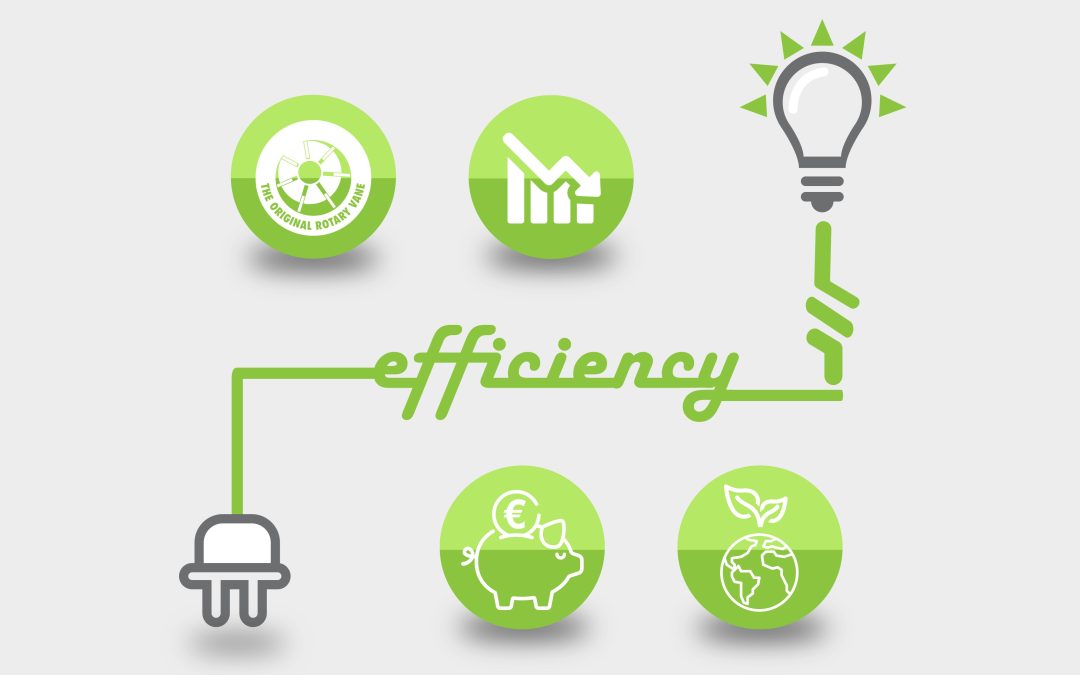Building a custom home means building it to your standards and preferences. Overall square footage, the size of each room, appliances, lighting and other fixtures, flooring, the paint on the walls – every little detail can be customized to meet your needs and preferences.
When you meet with the staff of Acipe Design, we’ll discuss your needs, wants, and preferences. We can design your home in line with a certain design aesthetic, or with a specific focus – like sustainability – in mind. We can guide you through the process of home building, as well as help you make design decisions that will lead to a more sustainable future for yourself, your family, and the planet.
Table of Contents
Start with an Audit
This first step is typically for existing homes, but an audit can help when deciding what you want to do during your custom build. An audit can help identify where and when you use the most energy so you can choose appliances and fixtures for those areas that use the most during peak hours.
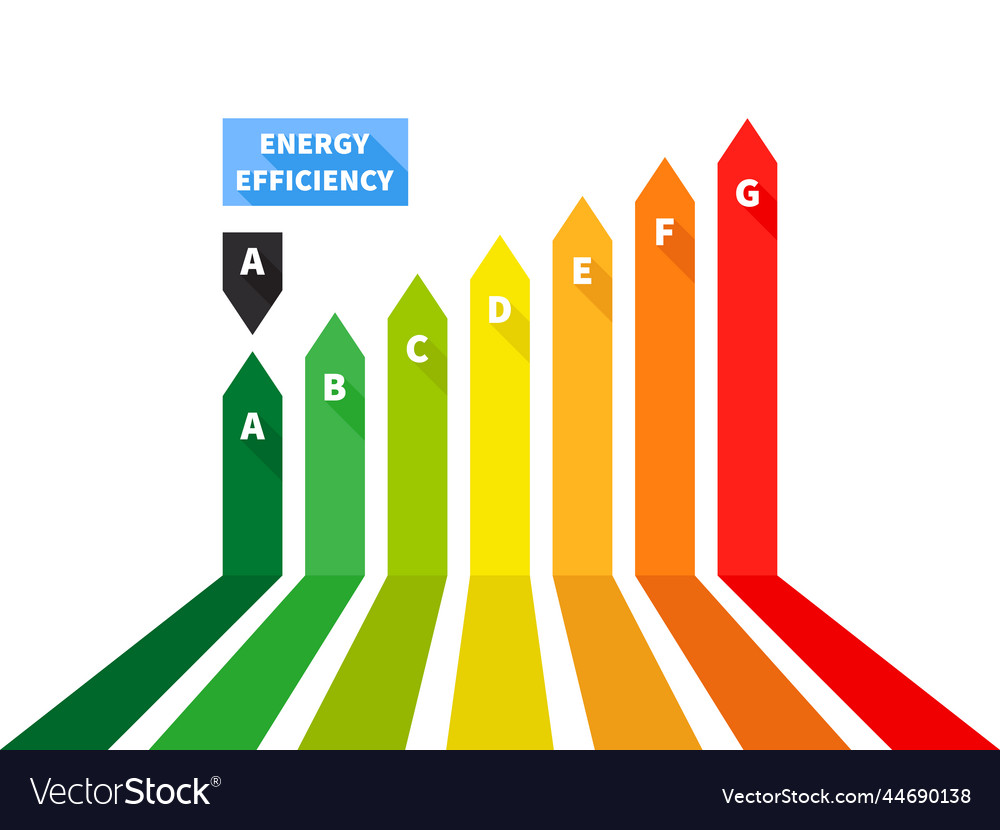
When adding sustainability to an existing home, the energy audit also looks for drafts around windows and doors, the HVAC system, insulation, and more. The audit can pinpoint trouble spots where improvements can be made to increase energy efficiency and lower home operating costs. Check out our article on The Role of Energy Efficiency in Custom Home Building to learn how and why you should focus on sustainability in your custom home build.
Sustainable Features to Add to Your Home
After you’ve conducted the energy audit, it’s time to make your choices. These changes may be extensive and time-consuming in existing homes, but having a plan before even breaking ground on your new home build will save time and money from the beginning of the project. Some sustainable additions to your home include:
Improved Insulation
Traditional insulation isn’t always energy efficient or environmentally friendly. A well-insulated home keeps the heat in during the winter months and keeps it out during the warmer months. That in itself is energy efficient, since it takes less energy to heat or cool your home. Some energy-efficient and sustainable insulating materials include:
– Cellulose, made from recycled paper
– Sheep’s wool, which is both biodegradable and regulates temperature and moisture
– Spray foams made of plant-based materials rather than chemicals
– Recycled denim
These and other sustainable insulation products help regulate temperature and moisture in the home, as well as cut down on volatile organic compounds (VOCs), which improves indoor air quality, too.
Windows & Doors
Along with the proper insulation, choosing energy-efficient windows and doors is another step toward building a sustainability-focused home. Choose doors and windows with internal insulation, and make sure each is properly sealed in place to prevent gaps where air can leak.
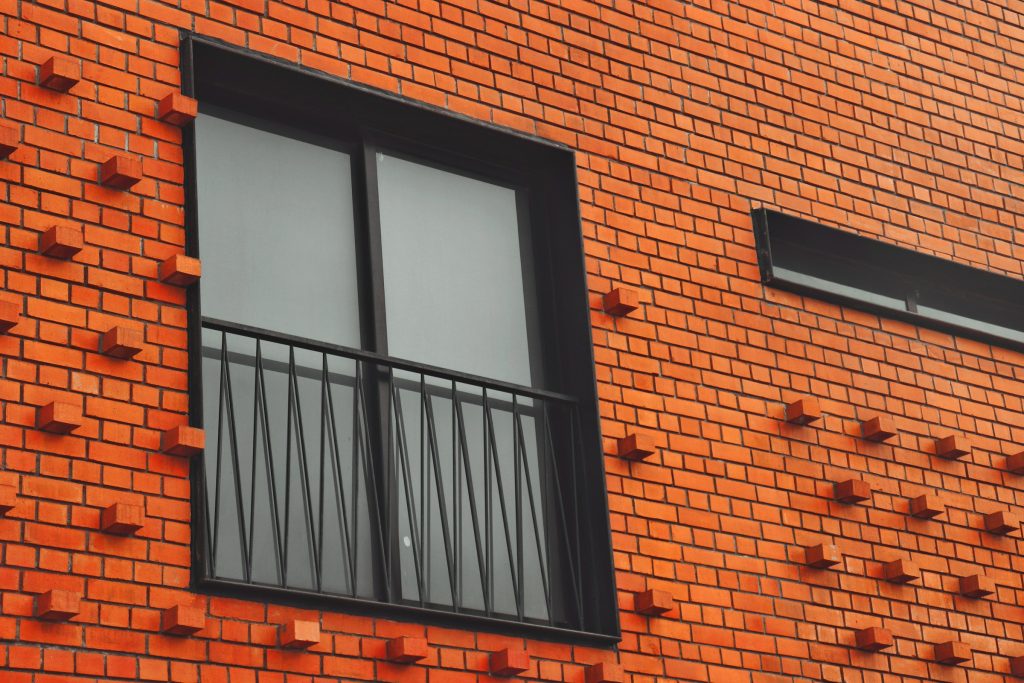
Besides adding to energy efficiency, insulated doors and windows can increase comfort by maintaining balanced temperatures, reduce condensation, and reduce noise. They can even enhance your home’s security since they are typically made with stronger, more durable frames that resist forced entry.
Sustainable Building Materials
When building a custom home from scratch, you can opt for sustainability just in the building materials you choose. Take a look at our article on How to Incorporate Sustainable Materials in Your Home for some ideas and guidance on the materials available to you. The materials on this list include alternate woods, recycled materials including steel, glass, and plastic, and unique building materials like earth bags, timbercrete, rammed earth, and straw bales.
Keep in mind, too, that locally-sourced materials are also energy-efficient, as it takes less energy to transport them to your building site. While you may like the idea of an Adobe brick home, the materials aren’t necessarily readily available anywhere. Transporting them to your building site may negate their sustainability and environmental impact simply due to the effort it takes to get them on-site.
Energy Star Appliances
These appliances are a go-to whether you’re updating an existing home or adding them to your custom build. Energy Star-rated appliances have already been tested for efficiencies like water and electricity usage and have been shown to have significant savings in these areas without compromising performance.
Low-Flow Fixtures
Saving water is easy when you install low-flow water fixtures. Bath tub faucets, sink faucets, shower heads, and toilets all have water-saving, low-flow versions which look and perform as good as their counterparts. Like Energy Star appliances, these low-flow fixtures typically offer water savings without compromising on performance.
LED Lighting
When compared to incandescent lighting, LED wins the energy-efficiency race every time. LED lights have been proven to last longer, shine brighter, and use less energy than traditional incandescent bulbs.
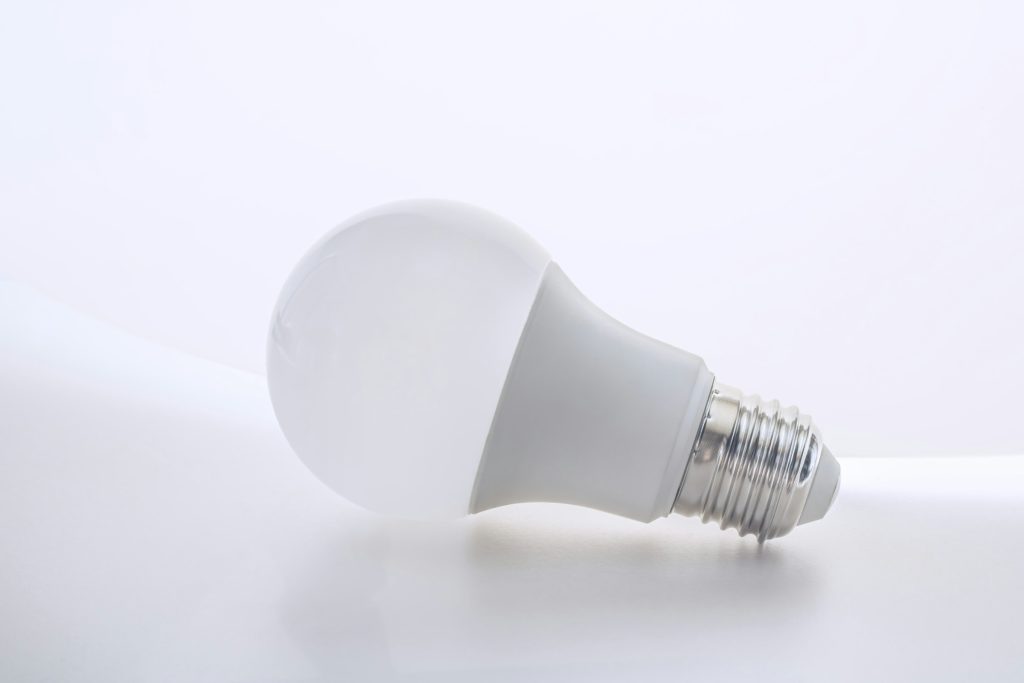
Since their appearance on the market, the price point has lowered significantly making them an energy- and cost-efficient alternative. Additionally, LEDs come in a variety of colors, brightnesses, and forms (bulbs, strips, etc.) which allow them to have an array of applications from overhead and table or floor lamp applications to strips that illuminate the floor in front of your bathroom vanity for late-night bathroom visits.
Natural Light
Artificial light, even LED light, can only do so much. There’s no replacement for the quality of light provided by the sun, not to mention the health benefits like exposure to Vitamin D, it brings.
When you meet with the staff of Acipe Design, we’ll discuss lighting options, including glass windows and doors for added natural light. We can also recommend an ideal home orientation to take advantage of the sun’s heat and light to help regulate temperature throughout the day and year to help you save on heating, cooling, and lighting costs.
Solar Power
Harnessing the sun can do a lot for your home, including power it. You can choose traditional solar panels, or opt for the new and evolving technology of solar roofing tiles to capture the sun and use it as a primary or auxiliary power source.
Water-Saving Methods
Along with your Energy Star-rated washing machine and dish washer and your low-flow water fixtures, there are other ways to save water. Incorporating systems to capture gray water or rain water for other uses saves money and water.
These systems include the cleaning and purification of water from bath and shower faucets and washing machines, as well as rain water for other uses like outdoor irrigation.
Paint
Volatile organic compounds (VOCs) are chemicals found in traditional paints (think of that ‘new paint smell’). These VOCs have a high vapor pressure at room temperature and emitted as gases. Using low- or no-VOC paints keep these gases out of your environment, improving air quality and reducing environmental impact. Low- and no-VOC paints come in a rainbow of colors, so you won’t be missing out on your favorites.
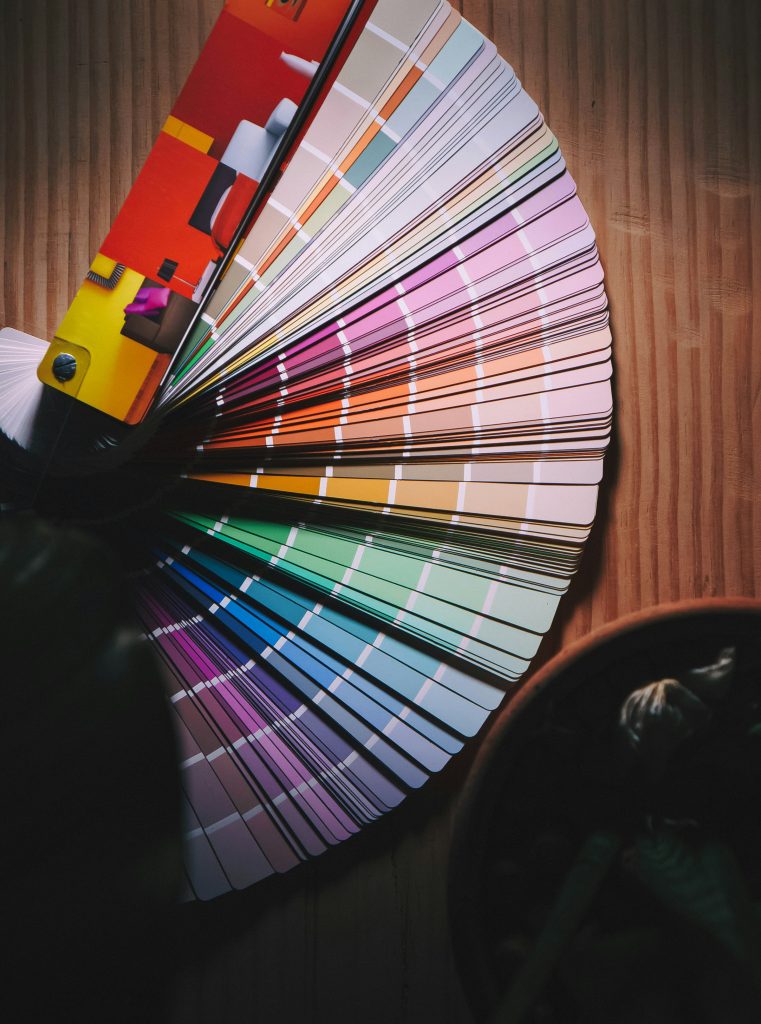
In addition to Low- and no-VOC paints, there are natural paints made from materials like plant oils, chalk, clay, and natural pigments, water-based paints, and recycled paint (paint that has been collected, processed, and repurposed into new paint).
These paints are made with sustainable, energy-efficient methods that add to your home’s beauty as well as sustainability.
Landscaping
You may not consider landscaping as part of your sustainability efforts, but choosing the right plants and vegetation for your property goes a long way toward sustainability. Native plants perform better and require less maintenance. Combine these with the water-saving methods of gray water and rain water capture for irrigation and your lawn and garden spaces will be beautiful, thriving, and sustainable.
Tankless Water Heaters
Traditional water heaters continuously heat water to provide hot water within seconds of turning on a tap. This constant flow of energy to keep the water warm can be saved when you opt for a tankless water heater.
These tankless counterparts offer hot water on-demand, rather than through continuous heating. Additionally, tankless water heaters have a longer lifespan than traditional water heaters, meaning you save money not just on water consumption and energy use but on repair and replacement costs.
Smart Features
Smart home technology and the Internet of Things (IoT) revolution has made leaps and bounds in the sustainable home space. Items like smart thermostats, lighting systems, security systems, and more use the IoT system to learn your habits and preferences to optimize your home’s performance to your preferences.
Automated HVAC and lighting systems can be set to operate based on occupancy. The system can adjust temperature levels as well as turn lights on, off, or dimmed to provide the appropriate levels during occupancy.
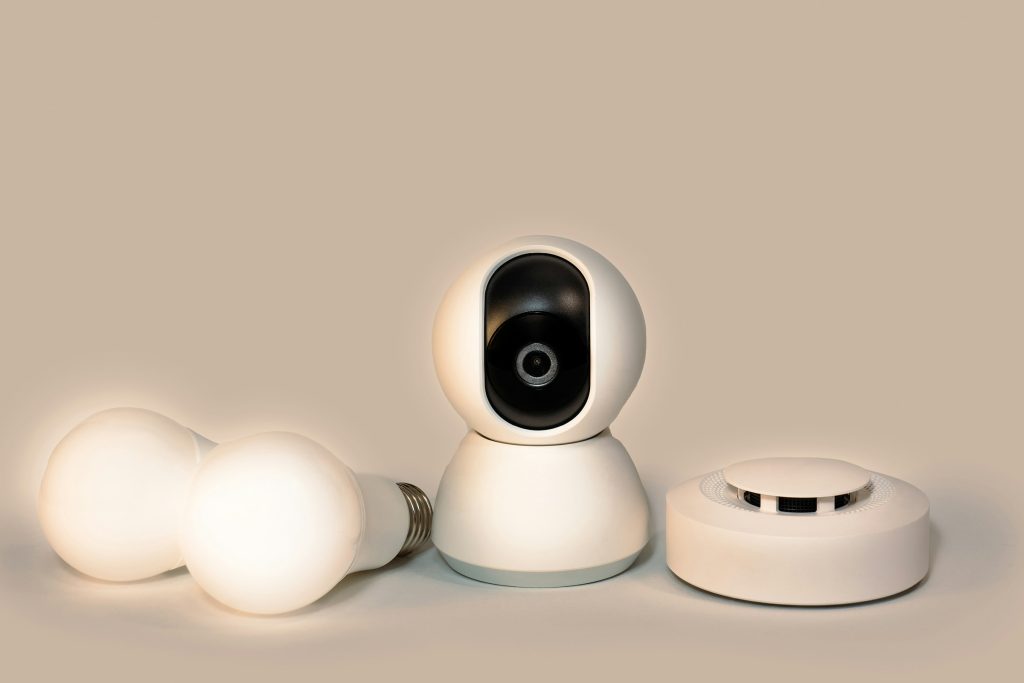
Smart irrigation systems are taking the smart home world by storm. These systems calculate irrigation needs based on climate, soil moisture levels, rain/freeze sensors, wind sensors, and more. A smart irrigation system provides only what is needed to maintain a healthy garden or lawn.
Green Roof
There are two types of green roofs, and the staff att Acipe Design can help you choose which one is right for you. “Extensive” green roofs are typically simpler to establish and care for. These include hardy, native plants and a growing depth of 2”-4”. It is lightwight and doesn’t require much in terms of extra structural costs.
On the other hand, “Intensive” green roofs are just that: intense. These roofs take a lot to establish and are highly-involved when it comes to ongoing care and maintenance. Intensive roofs can include gardens with fruits, veggies, and flowers, and more. The heavier weight also requires increased structural costs to ensure the load can be supported. You’ll also have the regular maintenance of watering, harvesting, and pruning to keep plants healthy.
Biophillic Design
Biophilia, or ‘love of life’ is the theory that humans have an unconscious need to connect with the natural environment. There are several pieces to the biophilia puzzle that fit in the home sustainability picture. Some energy-efficient things you can do that bring the concept of biophilia into your home include:
– Installing a ‘living wall’ of plants, flowers, etc. The plants absorb CO2, emit fresh air, and more to stabilize the air of your indoor environment
– Optimizing natural light is a principle of biophilia that, like taking advantage of solar power, takes advantage of the natural powers of the sun to heat, cool, and light your home
By incorporating biophilic design, you’ll see that you and your family also experience less stress and fatigue while being more happy and productive.
Eco-Friendly Habits
Creating a home with a focus on sustainability isn’t just about the building materials, appliances, or fixtures you choose. Changing your habits, like opting for reusable grocery bags over disposable plastic, walking, biking, or carpooling rather than driving alone, and more can help reduce your carbon footprint by removing the pollutants caused by fossil fuels.
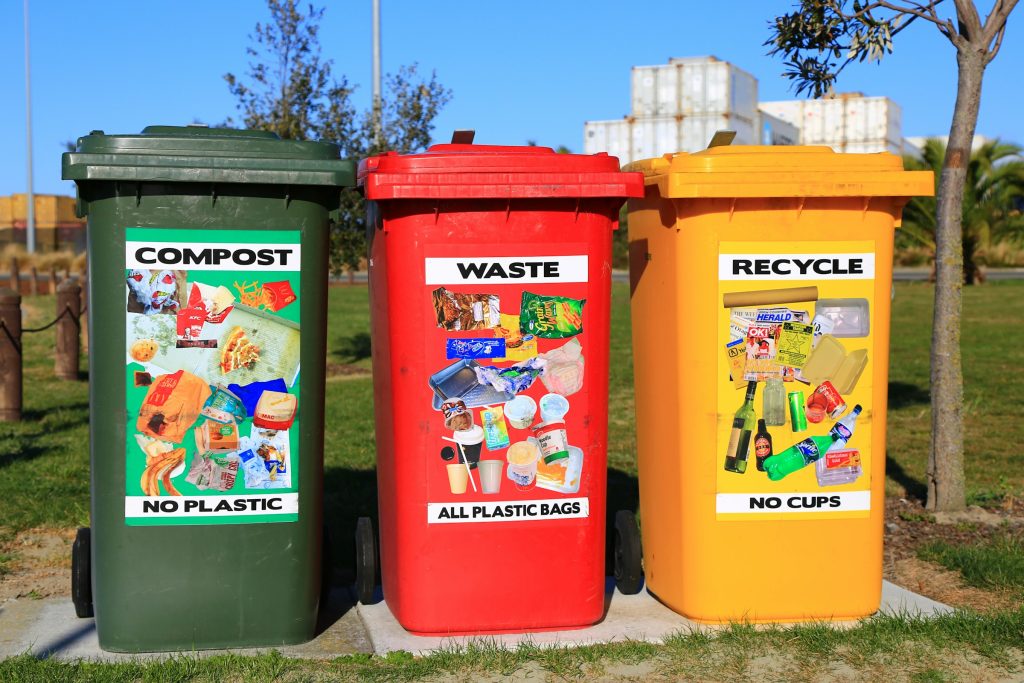
Final Thoughts
There are a number of ways to bring sustainability into your custom home design. The staff at Acipe Design is here to help you through every step of your custom home build, ensuring your home is everything you want from storage space and chef’s kitchens to the ultimate sustainable home and more!
Contact us today!

